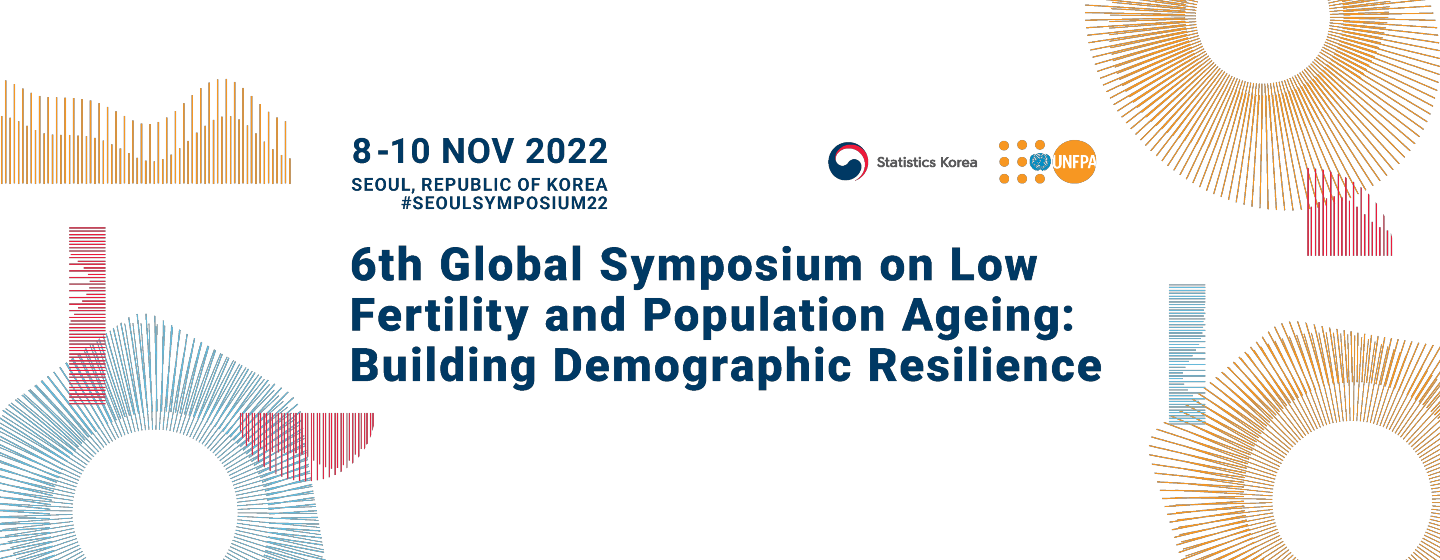

Today’s world is more demographically diverse than ever before. While the global population will continue to grow for decades to come, population growth is no longer the overriding reality for all countries.
In Europe and East and Southeast Asia, for example, population decline is an increasingly common phenomenon, posing new challenges and opportunities to countries and entire continents.
These shifts in population structure are characterised by a fall in fertility, rising life expectancy and population ageing, and the number of countries facing these changes is steadily increasing.
The Global Symposium on Ageing and Low Fertility, co-hosted by UNFPA and Statistics Korea (KOSTAT), places the concept of demographic resilience at the centre of changing demographic trends.
The Symposium will bring together approximately 120 parliamentarians, ministers, and policy makers, the United Nations, academia and civil society organisations, for debate and policy discussions on promoting development and supporting reproductive rights and choices in the face of diverse demographic trends.
UNFPA sees this ageing population as a vital part of economies and societies, not as a group to be discounted. Countries that champion inclusion and treat such populations with dignity will be better prepared to endure shifting demographics and thrive. UNFPA’s work focuses on five key areas: policy dialogue, capacity building, data collection, research and advocacy. UNFPA facilitates the development of evidence-based policies to ensure that older people’s issues are addressed. UNFPA also supports culture- and gender-sensitive research on population ageing, and raises awareness of the need to address the opportunities and challenges presented by this phenomenon.